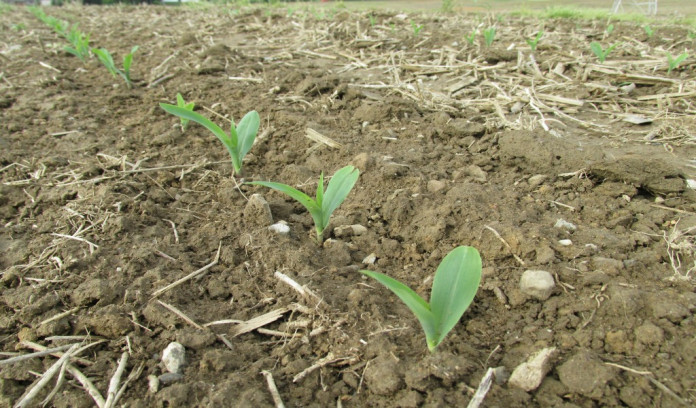PRINCETON, Ky. — This year’s wet, chilly spring has delayed corn planting across the state.
With additional recent rains, the corn that is in the ground could be susceptible to seedling blights, said Kiersten Wise, University of Kentucky extension plant pathologist in the College of Agriculture, Food and Environment.
Blight
Seedling blights are caused by fungi and fungal-like organisms that are prevalent when cool, wet soil conditions occur during or after planting.
The most common seedling blights are caused by pathogens in the Pythium and Fusarium families, but they can be caused by other fungi too.
“Cool, wet soils slow plant growth and give pathogens more time to infect and damage seedlings,” Wise said.
“The best way to prevent seedling blights is to wait for drier weather to plant, but when this isn’t possible, farmers should keep in mind that they need to scout fields to determine if seedling blights are impacting stands.”
Scout
Symptoms appear after emergence or in early growth stages. Farmers should scout their fields for areas with poor emergence, patchy stands, stunted plants, yellow plants or plants with root discolorations.
Farmers often first notice these symptoms in poorly drained and flood-prone areas of fields and in fields with heavy and compacted soils.
It is very difficult to determine the cause of seedling blight just by field observation. Farmers who suspect they have some type of seedling blight or see stand issues, should work through their county extension office to submit samples to a Plant Disease Diagnostic lab.










